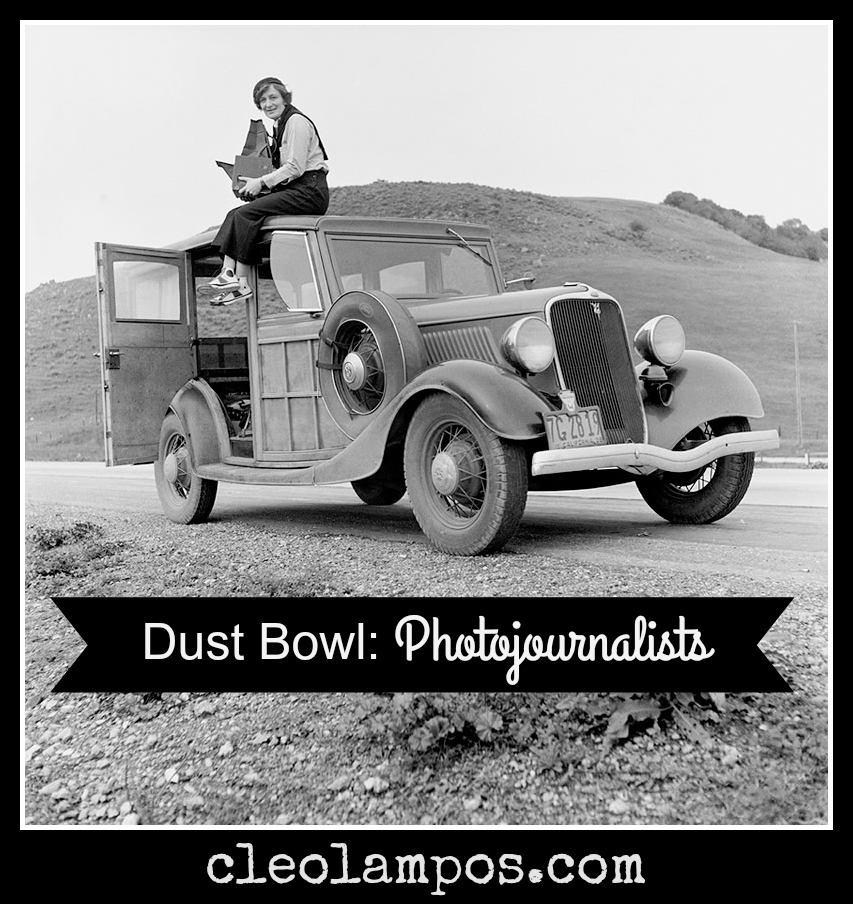Cleo Thoughts, Dust Bowl
Dust Bowl: Photojournalists
Life Through a Lens
“Speak up for those who cannot speak for themselves – for the rights of all who are destitute.” Proverbs 31:8
Ever wonder who took the iconic photos from the Dust Bowl that make our hearts ache and give us nightmares? A few pioneers in a new field of photo documentary brought this era to life for the people of the 1930’s, and provided haunting images for this generation to ponder.
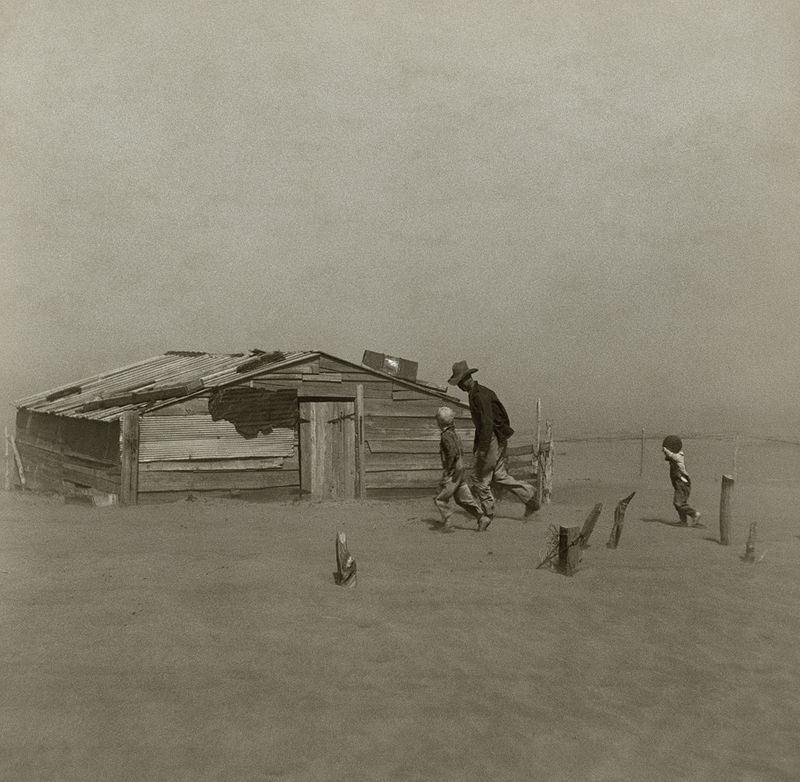
A farmer and his two sons during a dust storm in Cimarron County, Oklahoma, 1936, Photo: Arthur Rothstein
The FSA, Farm Security Administration, conscripted a team of young photographers to take their cameras and talent to the impoverished farmers and ranchers and record their daily struggles. They wanted to visualize the problems facing those in the Dust Bowl, and then record how the government was intervening. These young unemployed shutter snappers leaped at the opportunity to hone their craft, make a living, and travel to the middle of the country. What they viewed from the lenses of their equipment sobered their minds and troubled their hearts. Their experiences in the Dust Bowl changed their lives.
A Heart for People
Dorothea Lange, as a twenty year old, took compelling photos of the pain and misery of men and women who had lost everything. Their haunting eyes are captured in her iconic black and white compositions, stirring the empathy of the public in urban areas who suffered from the Great Depression. Her photos defined the desperation of the Dust Bowl.
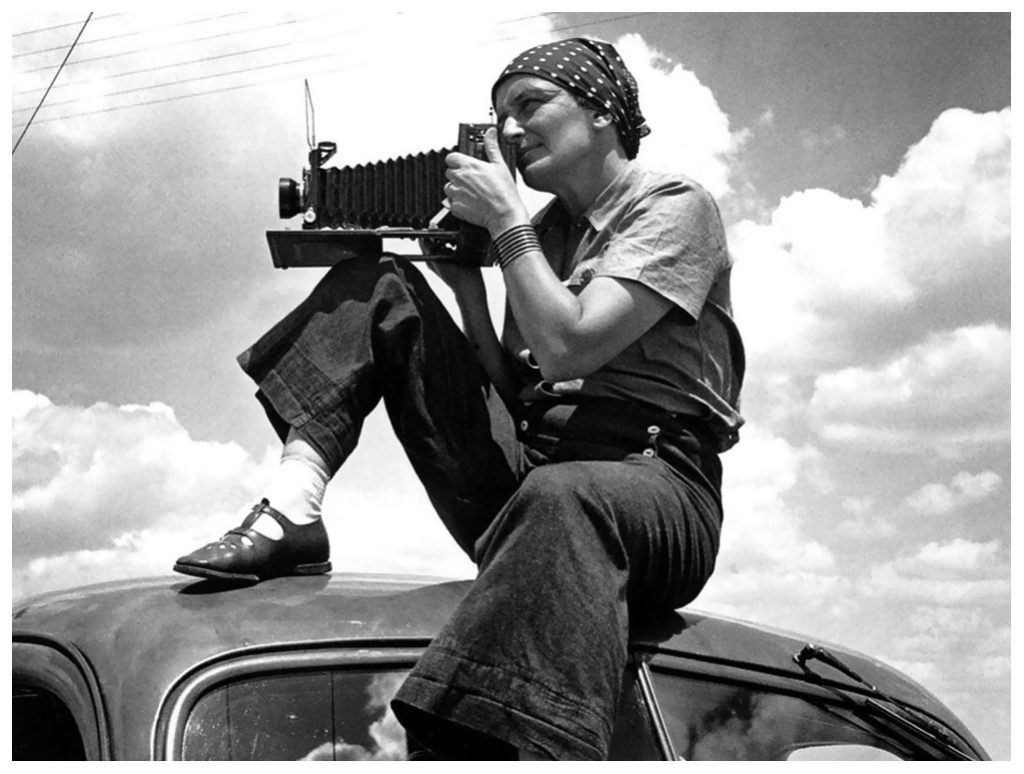
Dorothea Lange by Paul S Taylor 1934
A twenty-two year old from the Bronx, Arthur Rothstein had to learn how to drive a car in order to be hired by the FSA. Arthur was assigned to the heart of the Dust Bowl, along with Henry Finnell, the soil conservationist who worked with the farmers and ranchers to reclaim their soil.
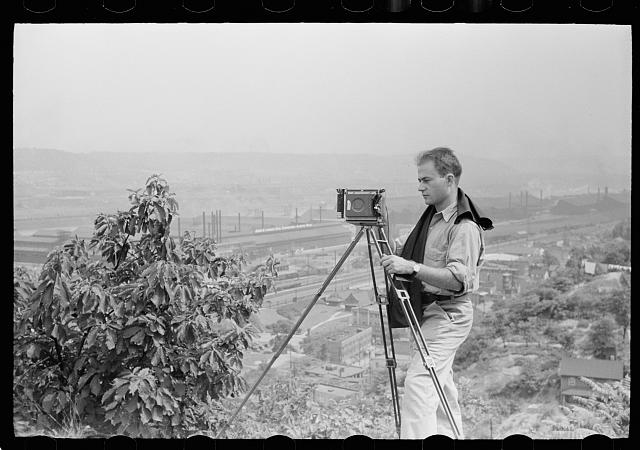
Arthur Rothstein, FSA (Farm Security Administration) photographer , Library of Congress Prints and Photographs Division
The starkness of his landscapes depicted the depth of the difficulties faced by the people of the land. Several of his pictures portrayed the misery and terrors of the Dust Bowl in ways that Finnell’s words could not. Despite the devastation and despair that became Arthur’s daily portion as he walked with Finnell and the destitute farmers, he remained optimistic. “I have found that if you love life, life will love you back.”
A Lifetime Dedicated to Capturing History
This team of young people invented new processes in photography. All of them continued in the work of documenting society as they recorded the Japanese internment camps, the Liberators of Nazi death camps, the race riots of the 50’s and 60’s, and the Frozen Chosen in the Korean Conflict. The importance of these photojournalists’ contributions is demonstrated by the emotional response that their work conveys as it is still shown all over the world.
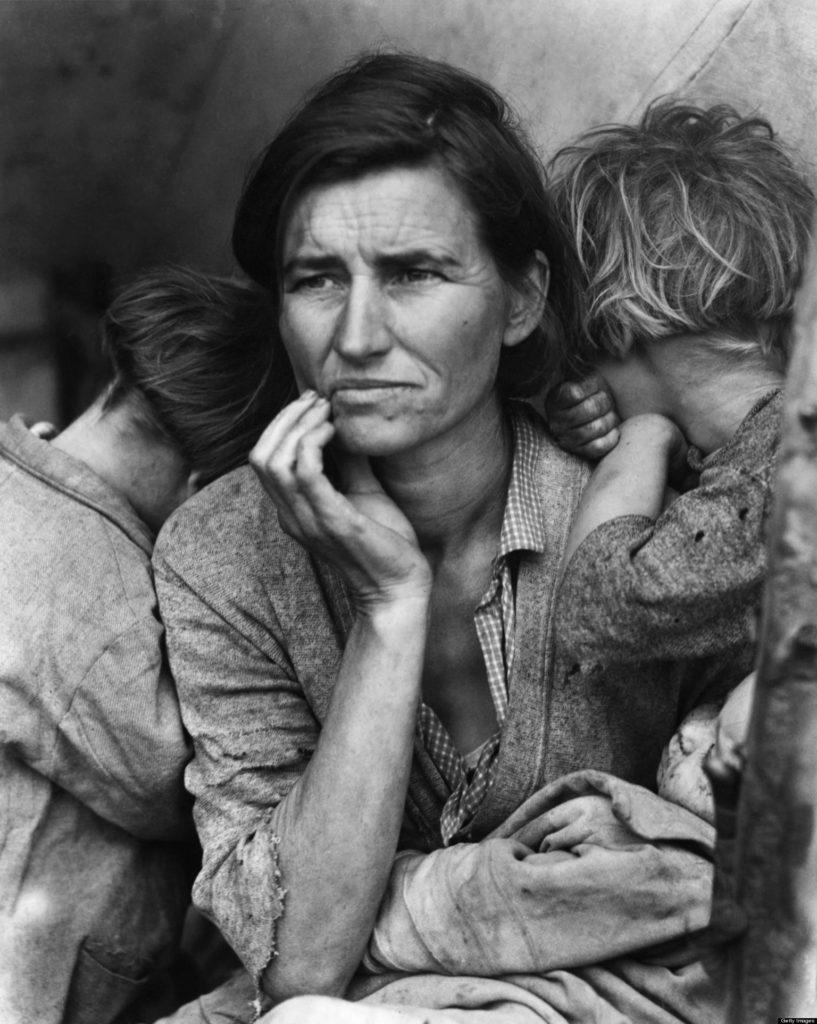
Lange’s 1936, Migrant Mother, Florence Owens Thompson

“Broke, baby sick, and car trouble!” – Dorothea Lange’s 1937 photo of a Missouri migrant family’s jalopy stuck near Tracy, California.
“I am trying here to say something about the despised, the defeated, the alienated. About death and disaster, about the wounded, the crippled, the rootless, the dislocated. About finality. About the last ditch.”- Dorothea Lange
Dust Between the Stitches
 Addy Meyer wants to teach children in a one room school house in Colorado during the 1930’s Dust Bowl. Black Blizzards, the Board of Education, and bank president overwhelm her. Addy falls in love with the orphans her grandfather adopted, and her students, but vows to guard her heart against Jess Dettmann, who has a suspicious past. Foreclosure on grandpa’s homestead threatens the security of all of them. Creating a quilt from Grandma’s stash pile serves as a way for Addy to cope, but eventually leads to help and justice for her family. Despair, dust and drought weave through the Great Depression and Dust Bowl producing a fabric on which vivid threads of hope appear. Will Addy save the farm, her job, and her heart on the Colorado ranch?
Addy Meyer wants to teach children in a one room school house in Colorado during the 1930’s Dust Bowl. Black Blizzards, the Board of Education, and bank president overwhelm her. Addy falls in love with the orphans her grandfather adopted, and her students, but vows to guard her heart against Jess Dettmann, who has a suspicious past. Foreclosure on grandpa’s homestead threatens the security of all of them. Creating a quilt from Grandma’s stash pile serves as a way for Addy to cope, but eventually leads to help and justice for her family. Despair, dust and drought weave through the Great Depression and Dust Bowl producing a fabric on which vivid threads of hope appear. Will Addy save the farm, her job, and her heart on the Colorado ranch?

